How to Transform Your Home With Paint
Published on April 3, 2024 | 5 Minute read

Melanie
Ortiz Reyes
Content Specialist
Painting your house is a transformative project that can breathe new life into your living space, enhance curb appeal, and reflect your personal style. However, achieving professional-looking results requires careful preparation, attention to detail, and adherence to proper techniques.
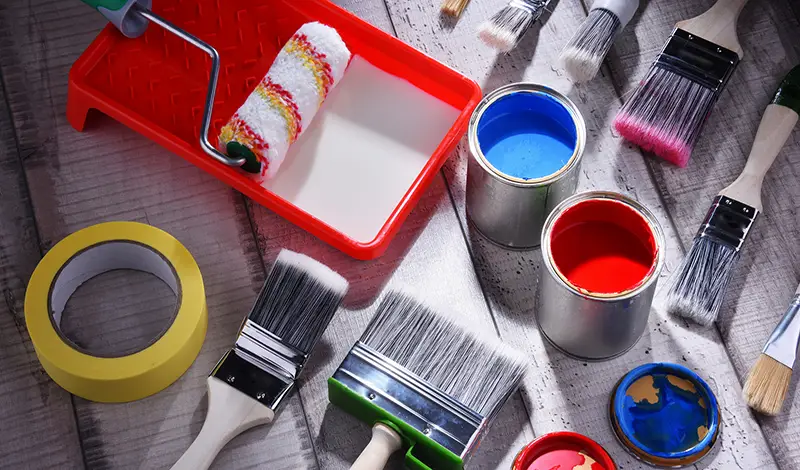
Planning and Preparation
Choose high-quality paint products suitable for the surface you're painting, whether it's interior walls, exterior siding, or trim. Consider factors such as durability, sheen level, and color options to achieve the desired aesthetic and performance.
Stock up on essential painting supplies, including paintbrushes, rollers, drop cloths, painter's tape, sandpaper, and paint trays. Investing in quality tools and materials ensures smoother application and professional-looking results.
Thoroughly clean the surfaces to be painted to remove dirt, dust, and grease buildup. Repair any cracks, holes, or imperfections with spackle or caulk, and sand rough areas to create a smooth, even surface for paint adhesion.

Choosing Colors and Finishes
Consider the mood, ambiance, and architectural style of your home when choosing paint colors. Test samples in different lighting conditions and observe how they complement your furnishings and decor. Don't forget to factor in exterior elements such as landscaping and neighboring homes.
Selecting the right finish for each surface is crucial for achieving the desired look and durability. Common paint finishes include:
- Flat or Matte - Ideal for interior walls, flat finishes provide a smooth, non-reflective appearance that hides imperfections well. They are easy to touch up but may not withstand heavy scrubbing.
- Eggshell or Satin - Offering a subtle sheen, eggshell and satin finishes are versatile options suitable for walls, trim, and high-traffic areas. They provide a balance between durability and washability.
- Semi-Gloss or Gloss - These high-sheen finishes are highly durable and resistant to moisture, making them ideal for trim, doors, and cabinets. They are easy to clean but may highlight surface imperfections.
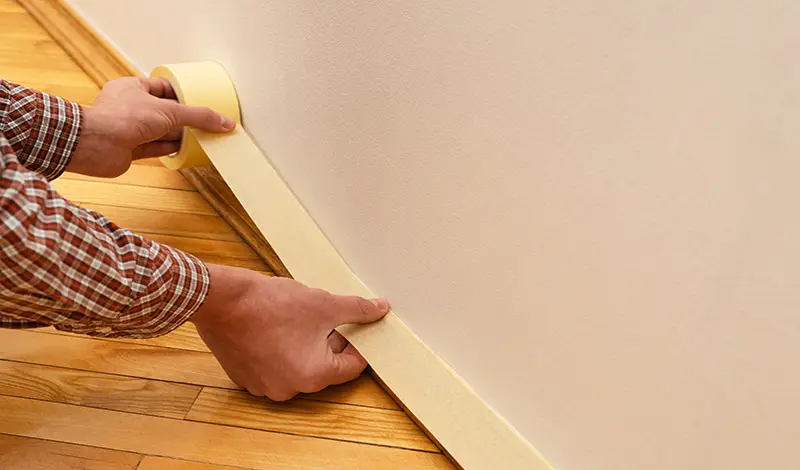
Preparing the Work Area
Cover floors, furniture, and fixtures with drop cloths or plastic sheeting to prevent paint spills and splatters. Use painter's tape to mask off edges and trim, creating clean lines and crisp edges.
Ensure adequate ventilation by opening windows and doors or using fans to dissipate paint fumes. Wear appropriate safety gear, including goggles, gloves, and a respirator mask, to protect against exposure to paint chemicals and airborne particles.
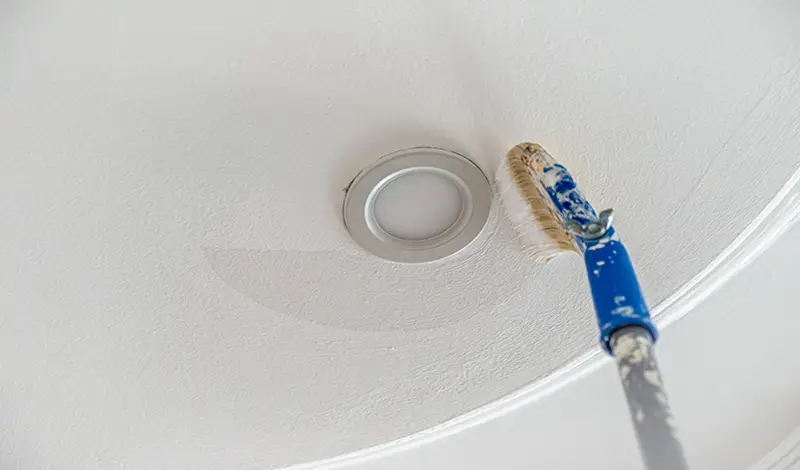
Application Techniques
Apply a coat of primer to bare or porous surfaces to promote adhesion and improve paint coverage. Use a high-quality primer suitable for the surface material and follow the manufacturer's instructions for application and drying times.
Begin by "cutting in" around the edges and trim with a high-quality angled paintbrush. Use steady, even strokes to create clean lines and minimize overlap onto adjacent surfaces. Take your time and work systematically to achieve precise results.
Use a paint roller to apply paint to larger areas quickly and efficiently. Start from the top of the wall or surface and work your way down in smooth, overlapping strokes. Avoid applying too much pressure, which can create roller marks or uneven coverage.
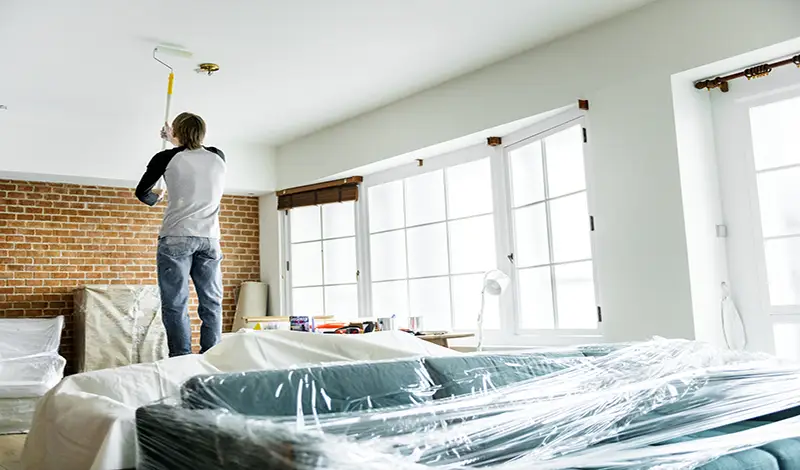
Ceiling Painting: First or Last?
The general recommendation is to paint the ceiling first before tackling the walls. Painting the ceiling first allows any drips or splatters to be covered when painting the walls, resulting in a cleaner finish. However, if you're painting the walls a significantly darker color than the ceiling, it may be more efficient to paint the walls first and then cut in along the ceiling line.
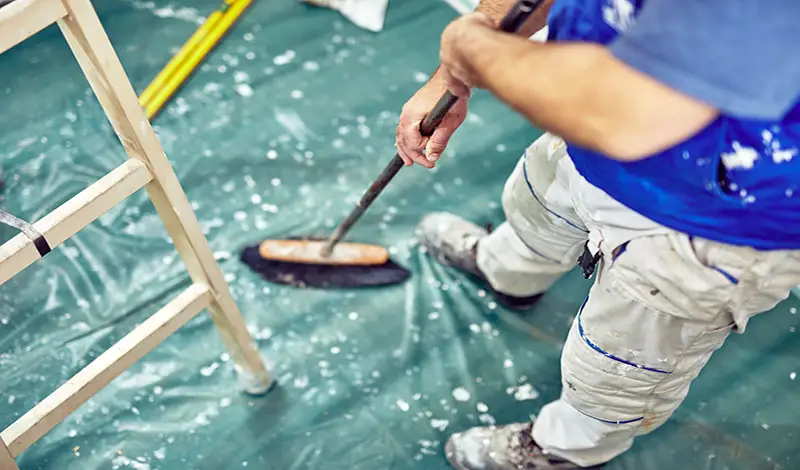
Finishing Touches and Cleanup
Allow the first coat of paint to dry completely before applying a second coat for optimal coverage and color depth. Follow the same application techniques as the first coat, paying attention to any areas that may require additional touch-ups.
Once the paint is dry to the touch, carefully remove painter's tape at a 45-degree angle to avoid peeling or lifting paint. Clean brushes, rollers, and other tools with soap and water or paint thinner, depending on the type of paint used.
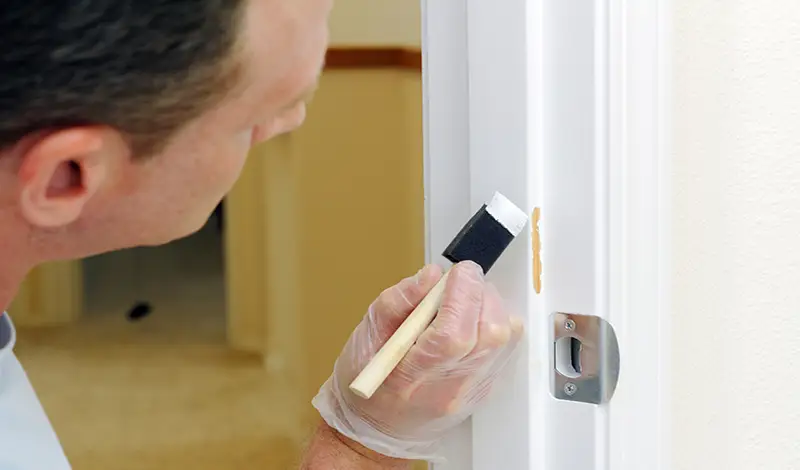
Maintaining Your Painted Surfaces
Keep your painted surfaces looking fresh and vibrant by performing regular maintenance tasks such as cleaning, touch-ups, and repairs as needed. Addressing minor issues promptly can prevent more extensive damage and prolong the life of your paint job.
2. Seasonal Inspections
Conduct seasonal inspections of exterior paintwork to identify any signs of wear, fading, or damage caused by weather exposure. Touch up areas as necessary and consider repainting surfaces every few years to maintain protection and aesthetics.
Painting your house is a rewarding DIY project that allows you to personalize and enhance your living space according to your tastes and preferences. By following proper techniques, selecting quality materials, and investing time and effort into preparation and execution, you can achieve professional-looking results that elevate the beauty and value of your home. Whether you're refreshing interior walls, updating exterior siding, or adding a pop of color to trim and accents, mastering the art of home painting opens up endless possibilities for creativity and expression.